Art Exhibitions: Real‑World Tips for Artists and Organisers
If you’ve ever wondered whether an art exhibition is just a creative showcase or a real income source, you’re not alone. Most artists think exhibitions are all about fame, but they can also pay the bills – if you know the right moves. Below we break down the basics, from making money to setting up a solo show, so you can turn any exhibit into a step forward in your career.
How to Make Money from Exhibitions
First, understand that not every exhibition pays a flat fee. Often the money comes from sales, commissions, entry fees, or sponsorships. Galleries typically take a cut – anywhere from 40 % to 60 % – depending on the venue and the agreement. Knowing this range lets you negotiate better terms. If a gallery offers a 50 % split, you can ask for a lower rate if you bring your own audience or cover part of the marketing costs.
Second, watch out for hidden costs. Transport, insurance, and installation fees can eat into profit quickly. Budget these items before you sign a contract, and ask the gallery if they cover any of them. Some spaces will waive fees for emerging artists, especially if you promise a certain level of publicity.
Third, consider extra revenue streams. Ticket sales, merchandise, and limited‑edition prints can boost earnings without extra artwork. A small, well‑designed catalogue sold at the door often adds a few hundred pounds and gives visitors a keepsake.
Steps to Host a Successful Show
Planning a solo exhibition might feel overwhelming, but breaking it into bite‑size tasks makes it doable. Start with a clear budget – list venue rent, transport, insurance, promotion, and any catering if you plan an opening night. Keep the numbers realistic; it’s better to have a modest show that stays in the black than an ambitious one that leaves you in debt.
Next, craft an artist statement that tells a story. Keep it short, focused, and jargon‑free. Visitors love a narrative they can follow, and collectors often use the statement to gauge the concept behind the work. Pair the statement with a press release that highlights what makes your show unique – a new technique, a local theme, or a collaboration.
When it comes to layout, think like a storyteller. Begin with a strong opening piece, build a middle that explores variations, and end with a memorable climax. Use the venue’s size to decide how many works to display; too many pieces can overwhelm, while too few may leave space feeling empty. A good rule of thumb is to leave about a foot of wall between each piece.
Finally, promote the event on social media, local art groups, and community boards. Offer a sneak‑peek Instagram story a week before the opening to spark curiosity. Invite local businesses for sponsorship – they get exposure, and you get a small cash boost or in‑kind support like catering.
Remember, the goal isn’t just a one‑night splash. Follow up with attendees after the show, thank them, and share photos of the exhibition. Building relationships now pays off when you plan the next event or when a collector decides to buy a piece later on.

14 Dec 2025
An art exhibition is a curated display of artworks designed to communicate ideas, emotions, or stories. Unlike random displays, exhibitions are carefully planned with themes, context, and purpose. Learn how they work, why they matter, and how to experience them.
Continue reading...

4 Dec 2025
In 2024, art that sells isn't about size or fame-it's about emotion. Small works, climate-conscious pieces, and art from underrepresented regions are leading the market. Buyers want stories, not just decoration.
Continue reading...
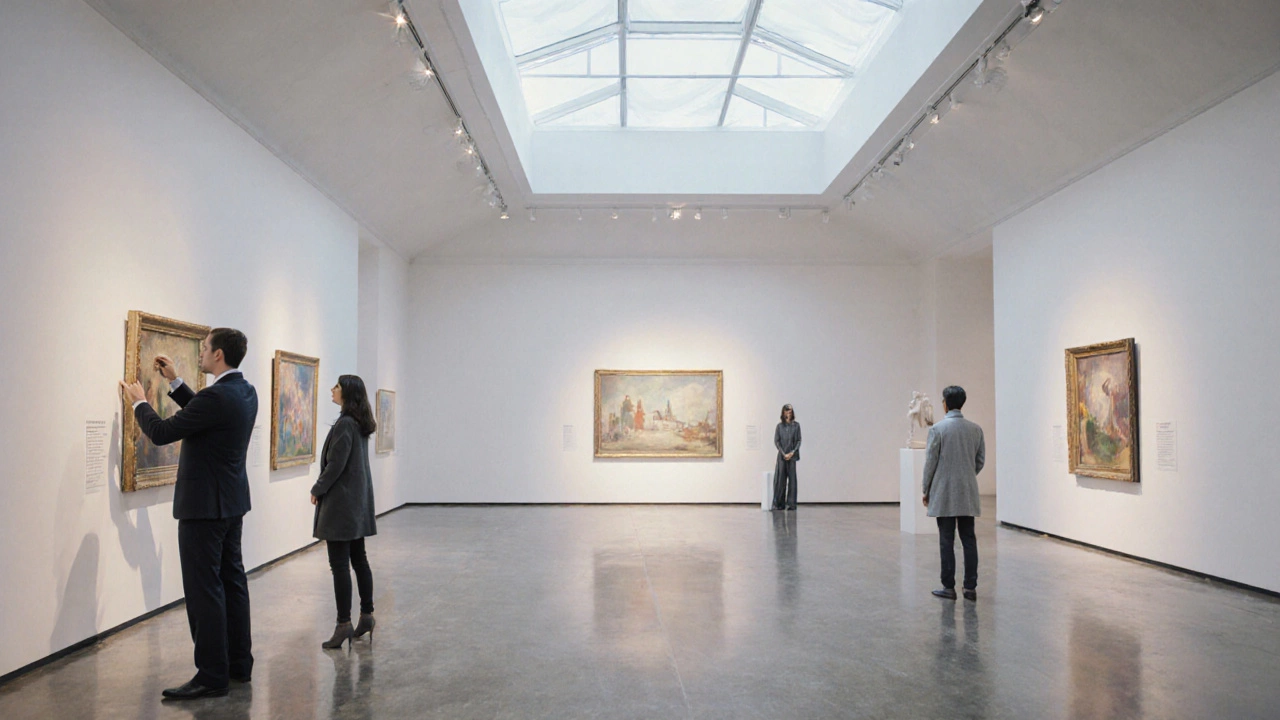
1 Oct 2025
Discover the precise difference between an art exhibit and an art exhibition, with clear definitions, real‑world examples, a handy comparison table, and a FAQ to master the terminology.
Continue reading...
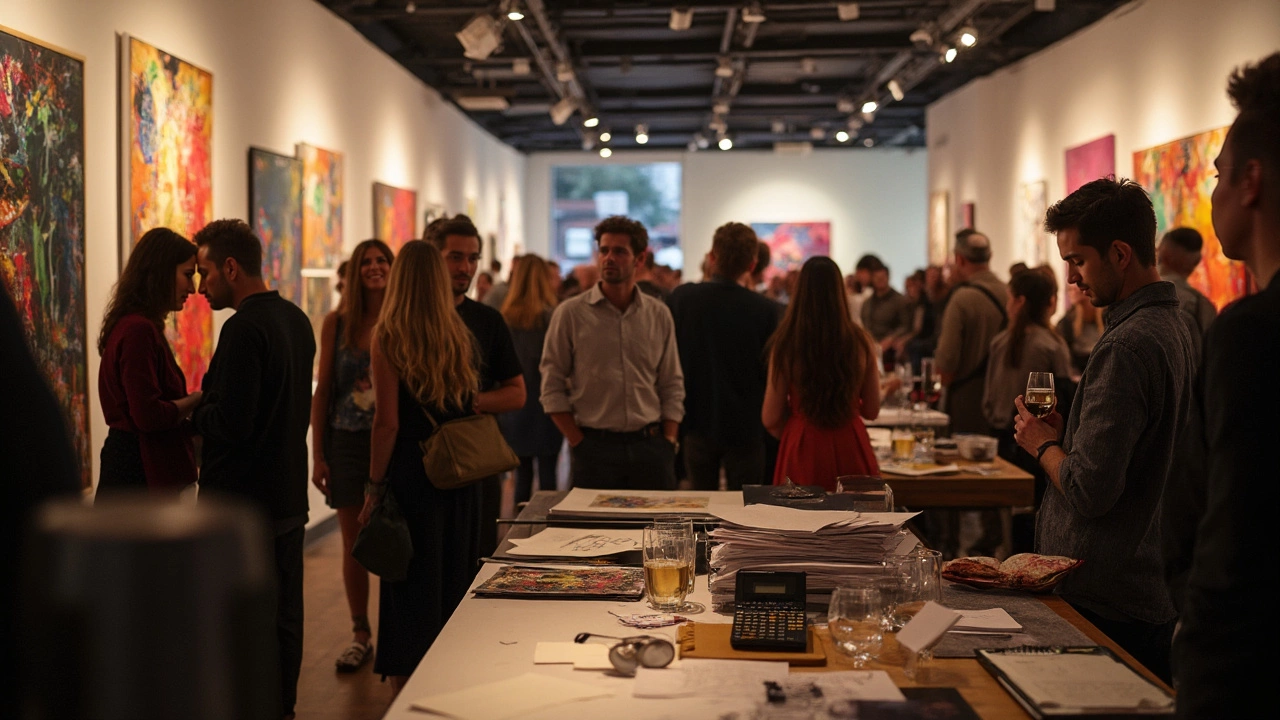
3 Jun 2025
Do artists actually make money from displaying their work at exhibitions? This article cuts through the confusion by breaking down how payments (or lack of them) work for artists. Expect real-life info on gallery deals, entry fees, and overlooked costs. We look at the different ways artists might earn, and what you need to watch out for if you’re planning to exhibit. Packed with tips you won’t find on a gallery flyer.
Continue reading...
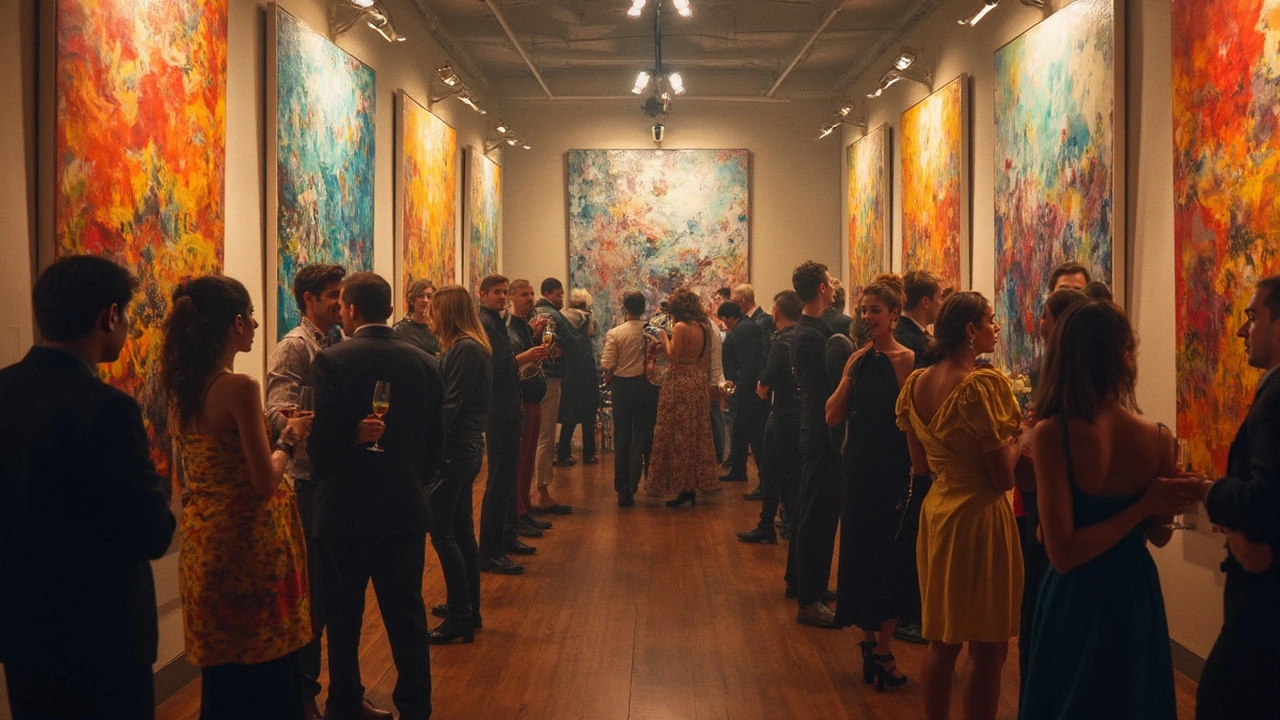
10 Apr 2025
Organizing a solo art exhibition might seem daunting, but it's totally doable with the right plan. From choosing the perfect venue to marketing your event, this article breaks down everything you need to know. We'll explore basic steps like setting a budget, creating a compelling artist statement, and engaging with your community. Perfect for artists ready to show their work to the world, these insights will help make your exhibition a success. Time to get those masterpieces in the limelight!
Continue reading...
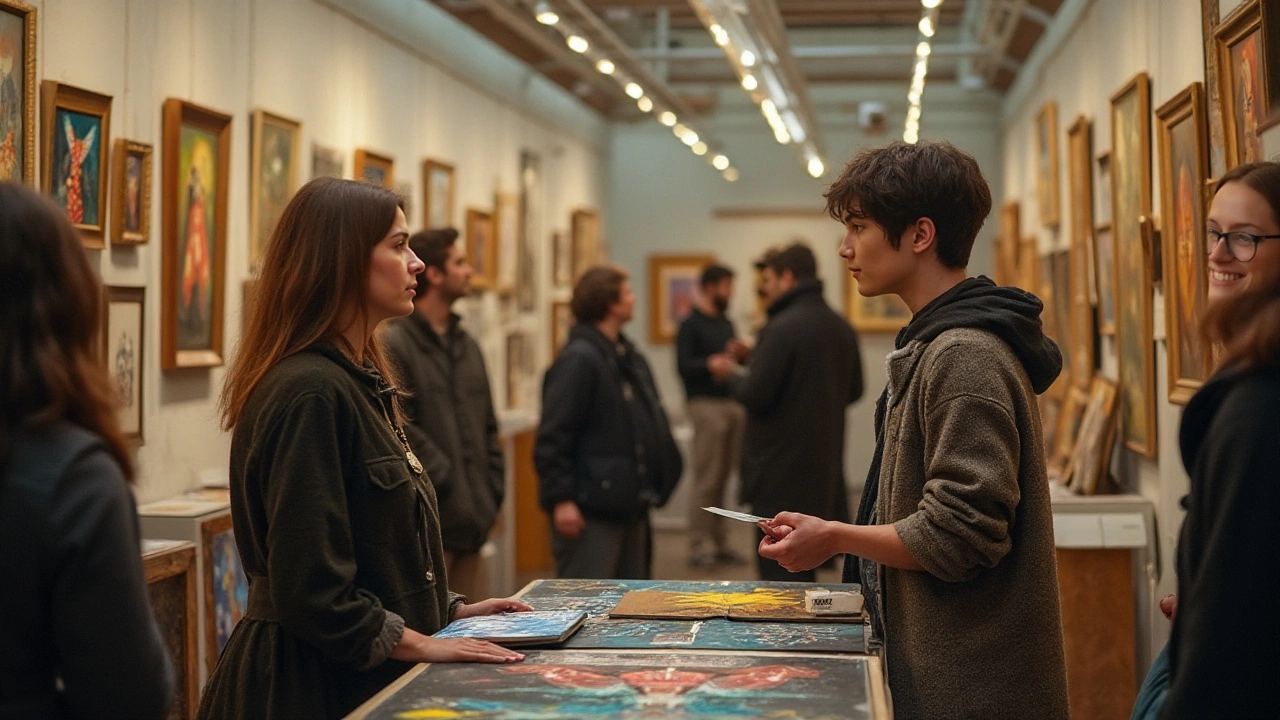
4 Dec 2024
Understanding the commission rates taken by galleries is crucial for artists planning to showcase their work. These rates can vary widely, typically ranging from 40% to 60%, but several factors influence these numbers. This article explores what determines the cut galleries take, how it impacts artists, and offers insights on navigating these financial agreements effectively. Artists can learn to negotiate terms and maximize exposure and profit from gallery partnerships.
Continue reading...

22 Nov 2024
Art fairs and art exhibitions are two distinct types of art events, each serving unique purposes and audiences. Art fairs are commercial and bustling marketplaces where galleries and artists showcase works for sale, attracting collectors and enthusiasts. On the other hand, art exhibitions focus on curated displays of specific artists, themes, or historical periods, often held in museums or galleries. Understanding their differences is crucial for artists, collectors, and art lovers alike to navigate the art world effectively.
Continue reading...
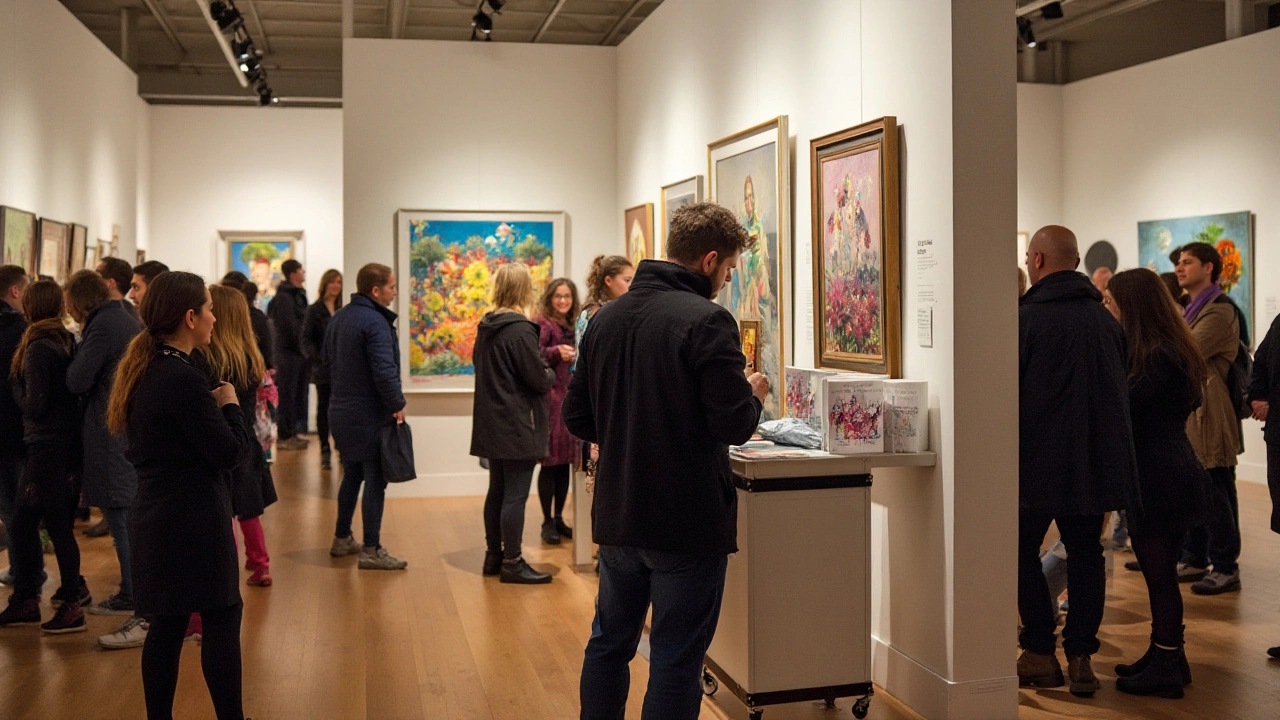
11 Nov 2024
Art exhibits, while primarily seen as cultural and artistic endeavors, also present financial opportunities. They can generate revenue through ticket sales, merchandise, and sponsorships. High-profile exhibitions attract larger audiences, increasing potential earnings. Understanding the financial aspects of art exhibits can help organizers balance artistic vision with financial reality. Successful exhibits often combine innovative curation and effective marketing strategies.
Continue reading...
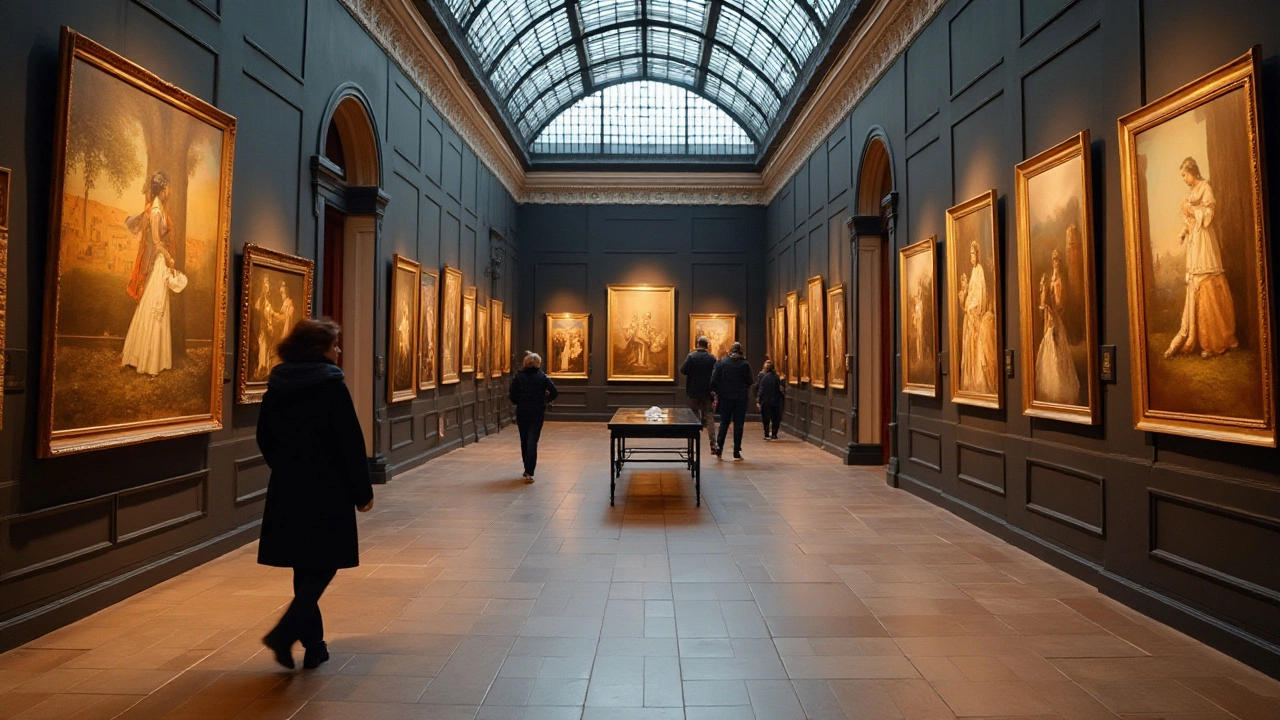
30 Oct 2024
Planning an art exhibition involves several key considerations, including the number of paintings needed to create an engaging experience for visitors. This guide explores factors that influence the decision, such as venue size, theme, and audience expectations. By balancing these elements, artists can craft a memorable and visually compelling display. Tips for layout, pacing, and visual harmony are also essential in shaping a captivating exhibition.
Continue reading...








